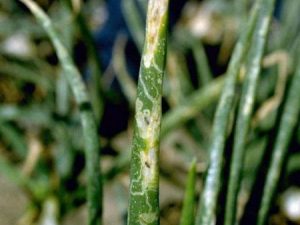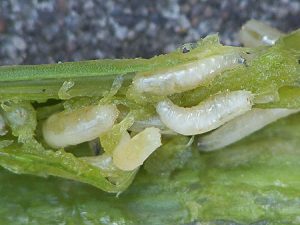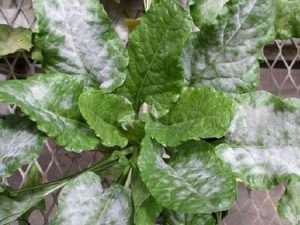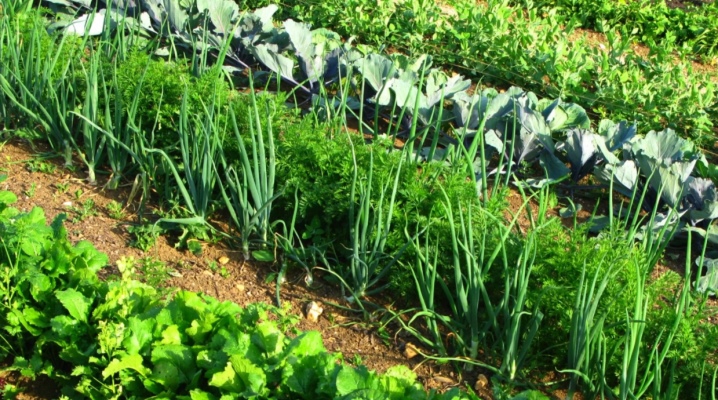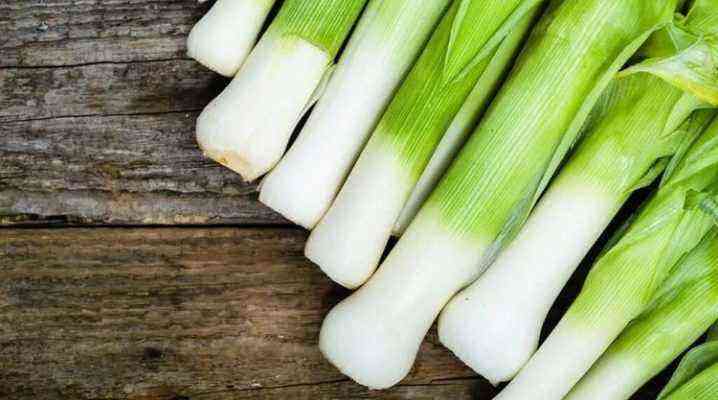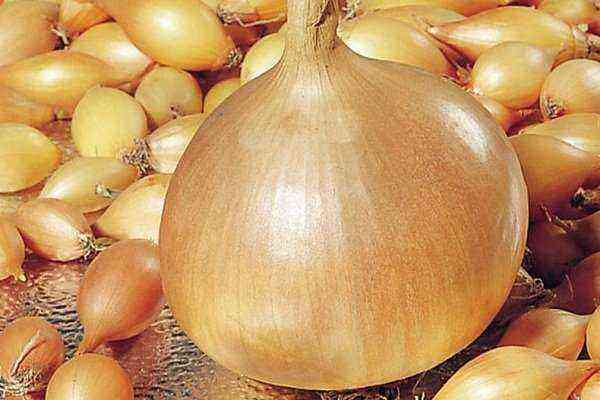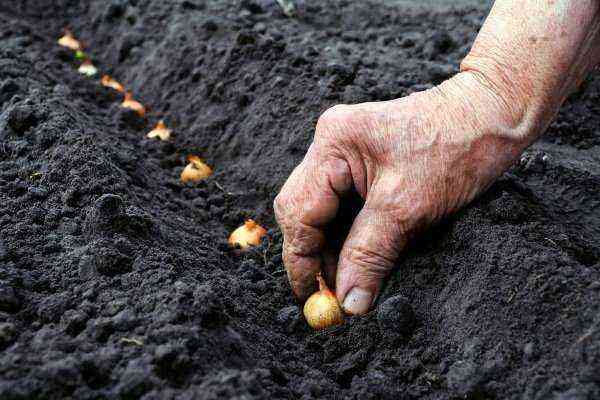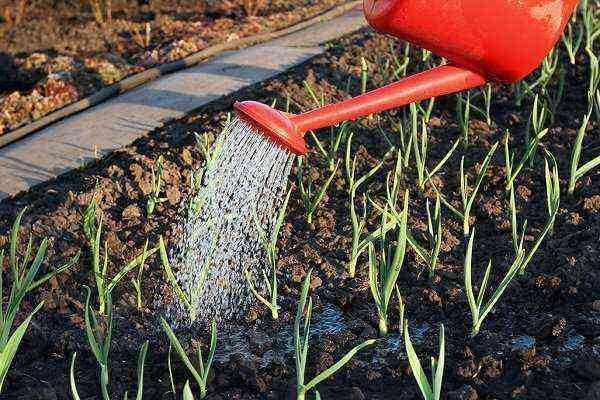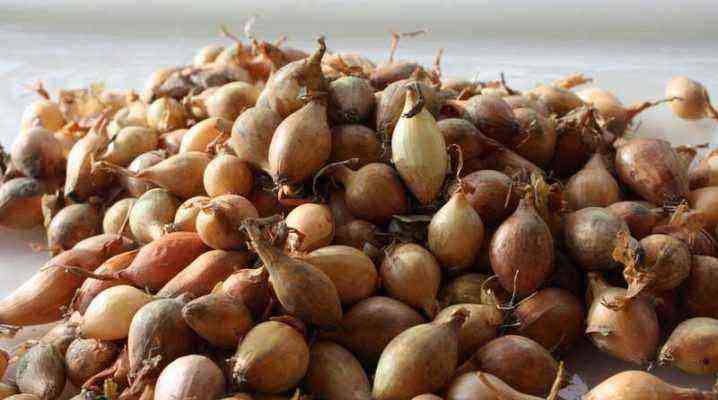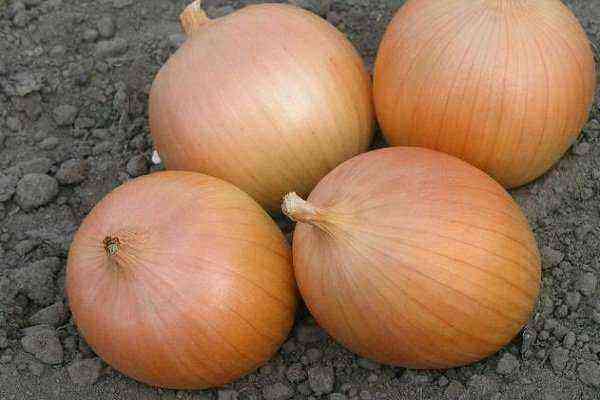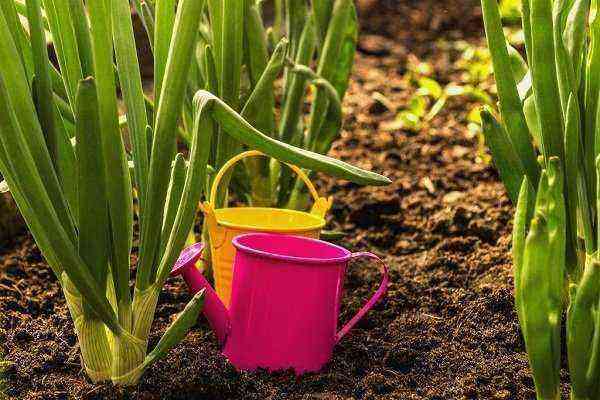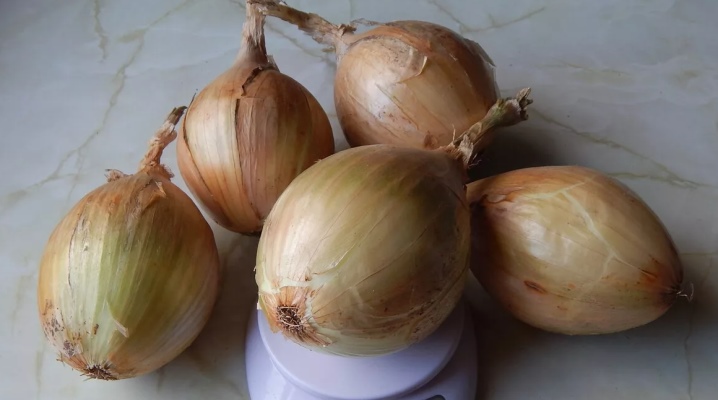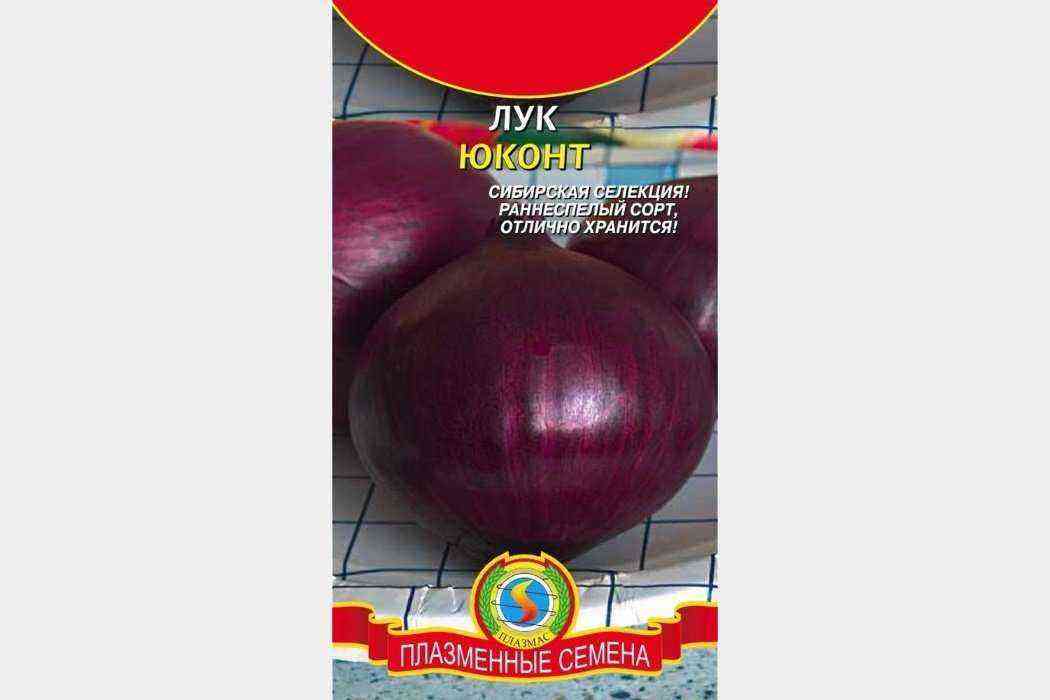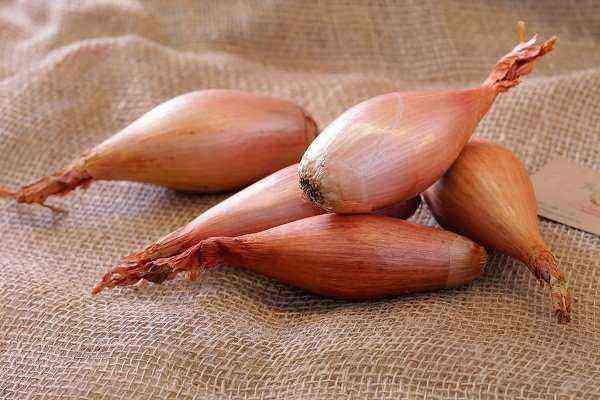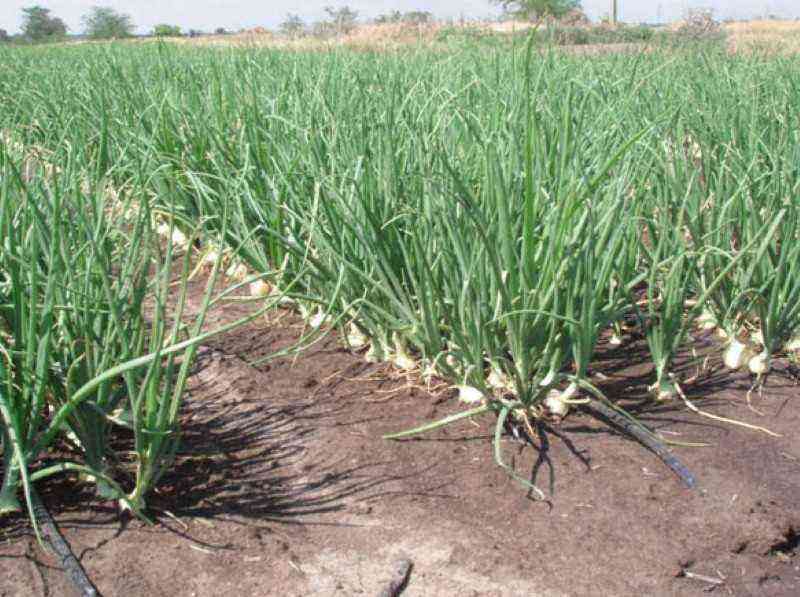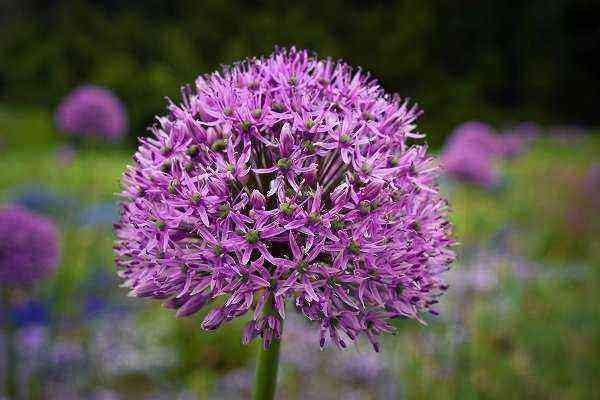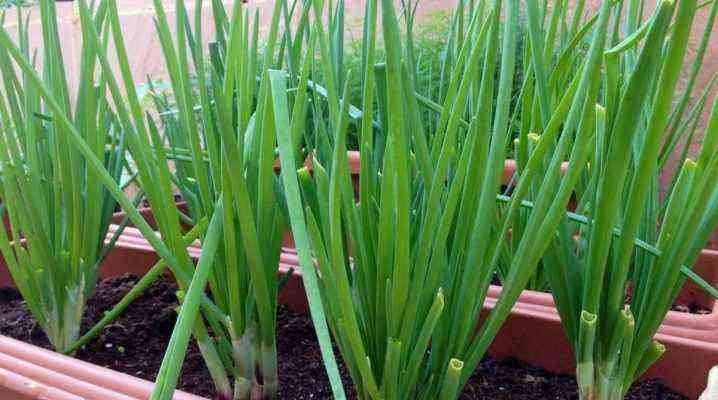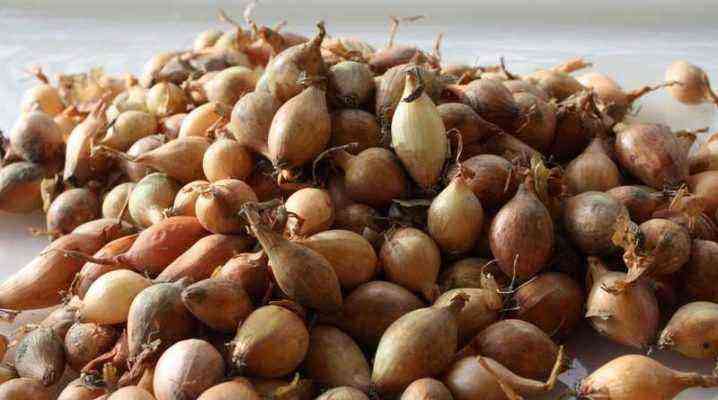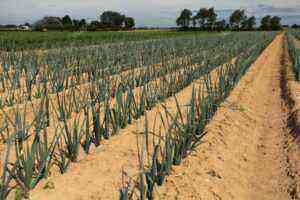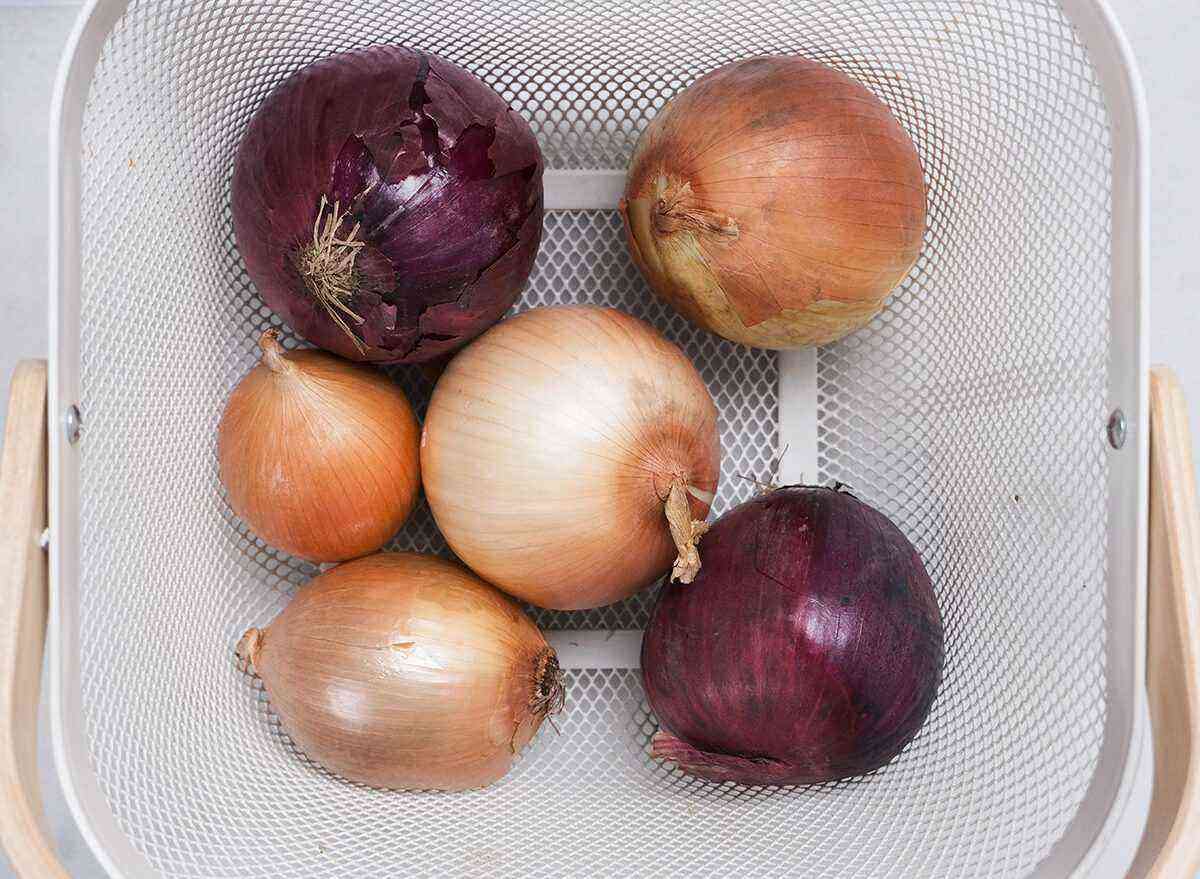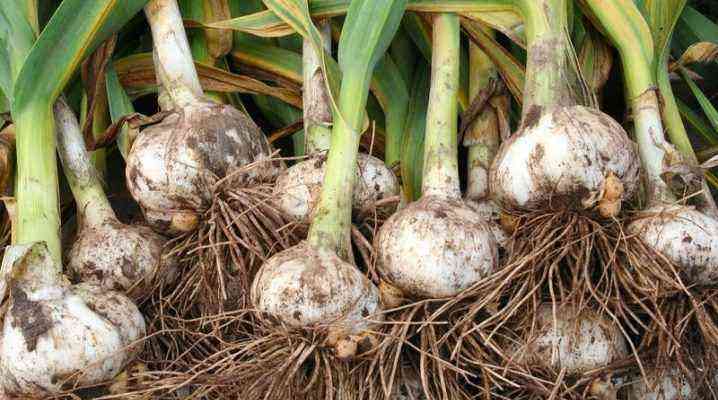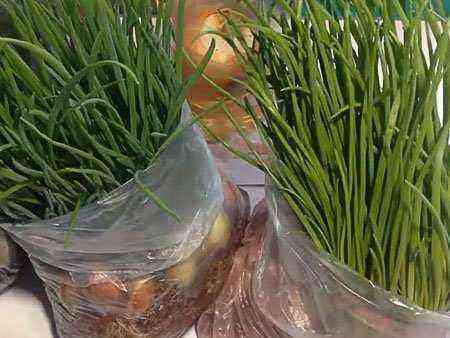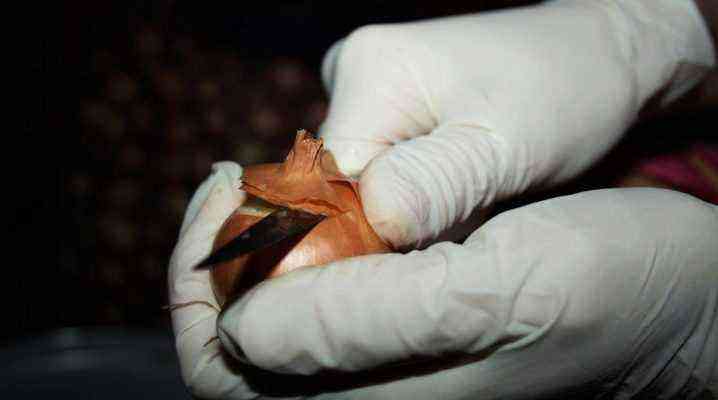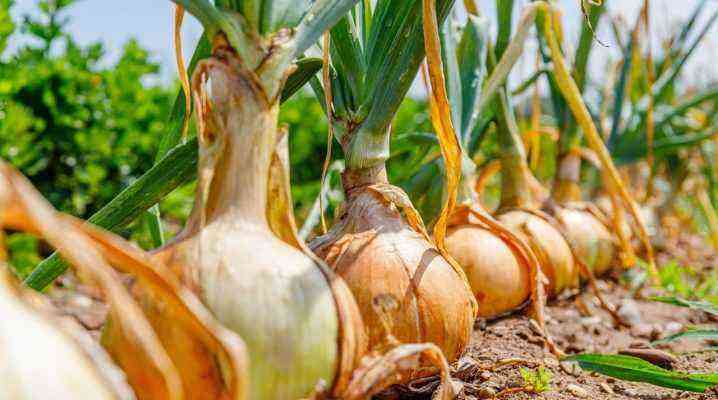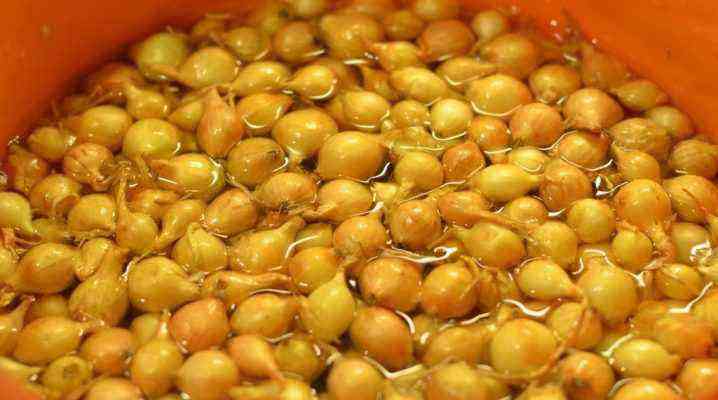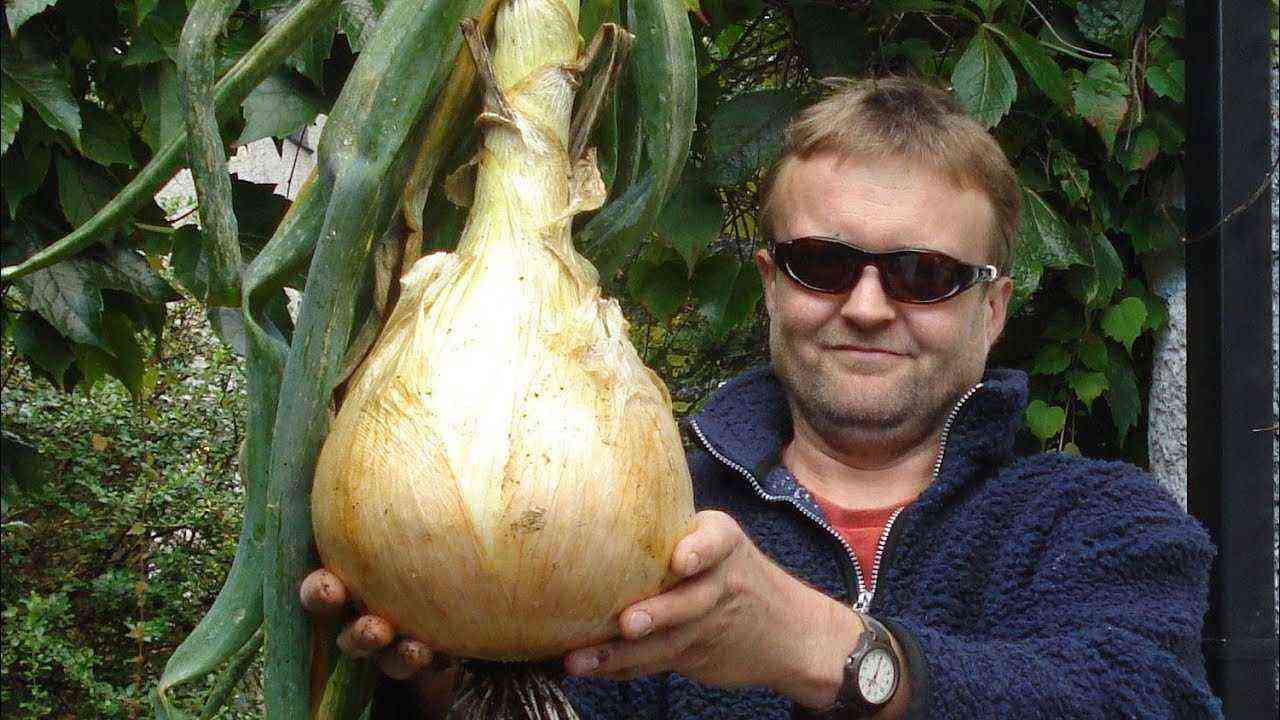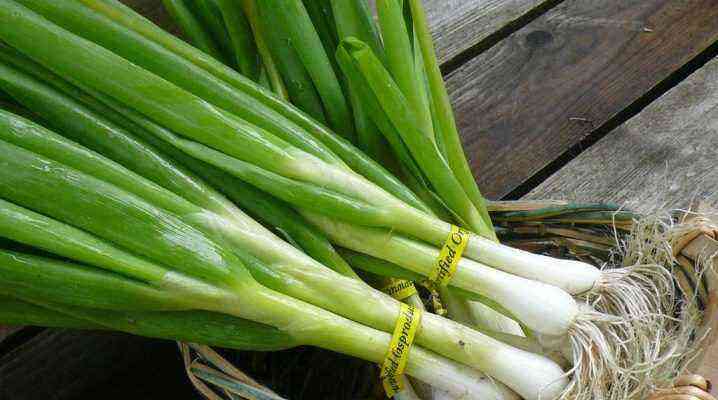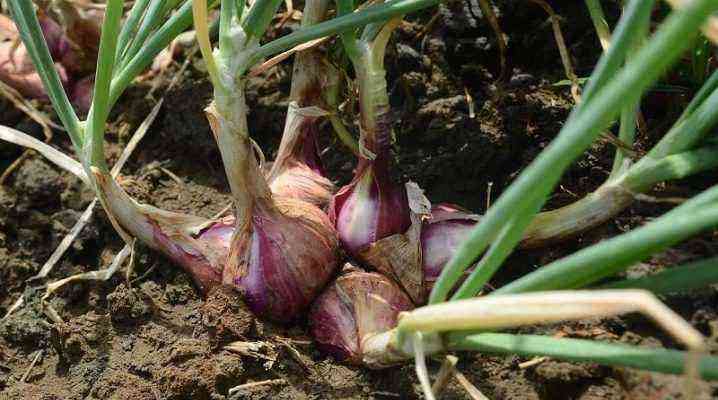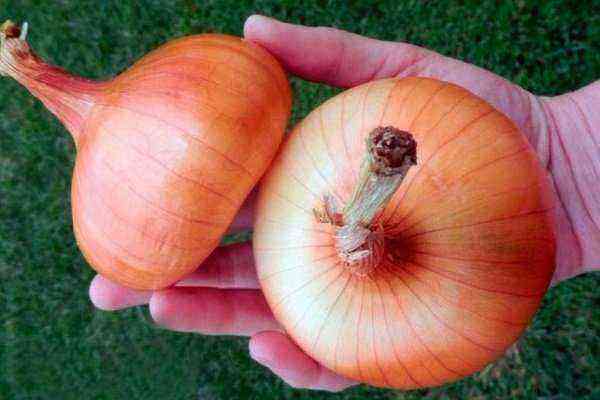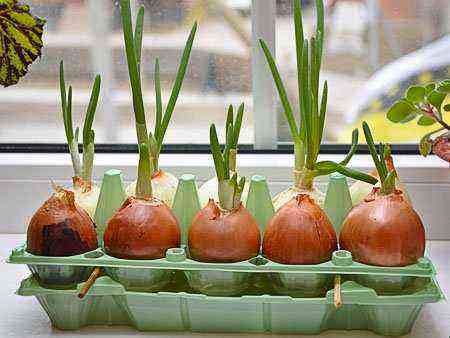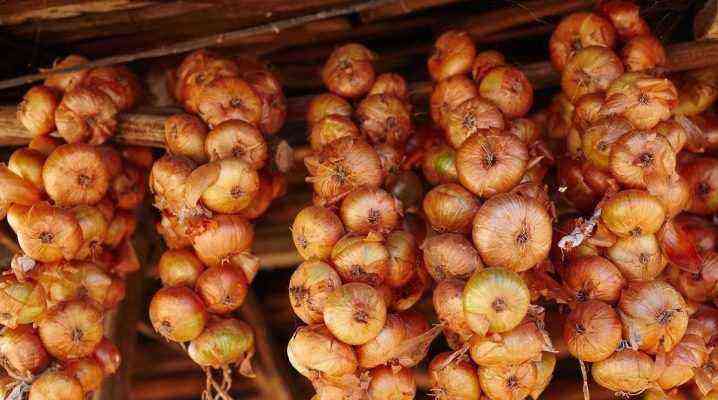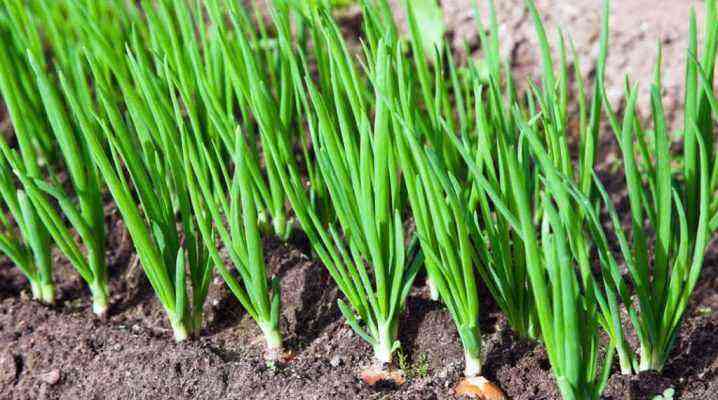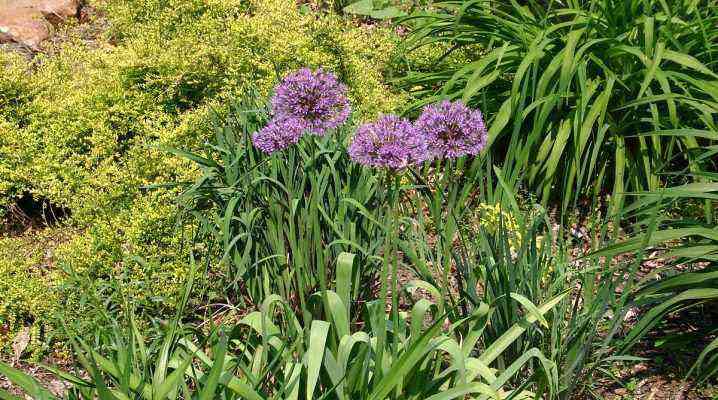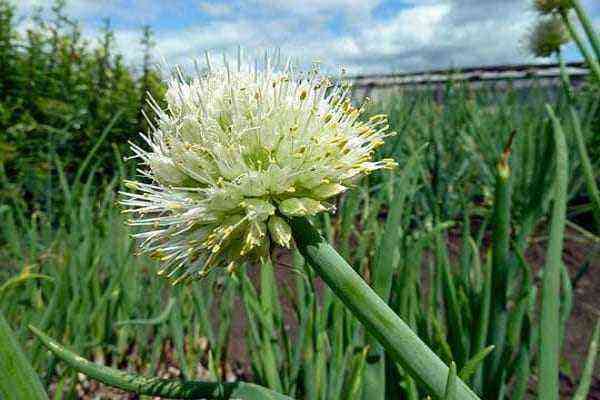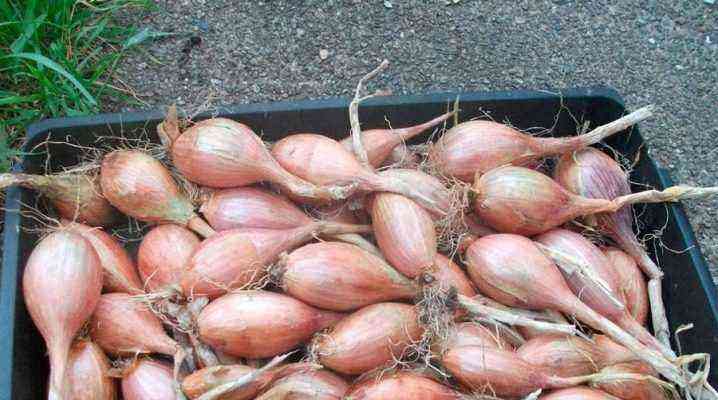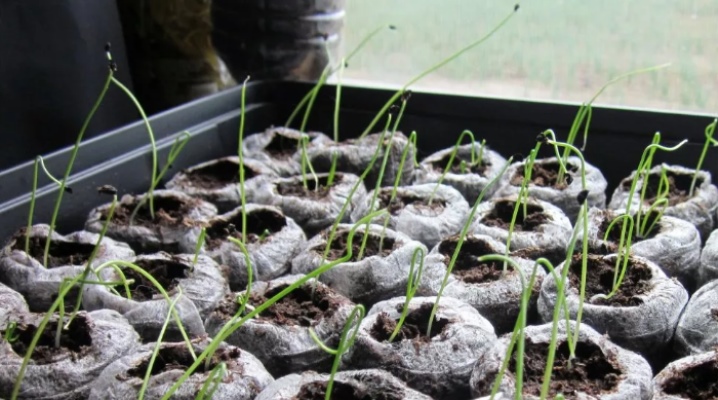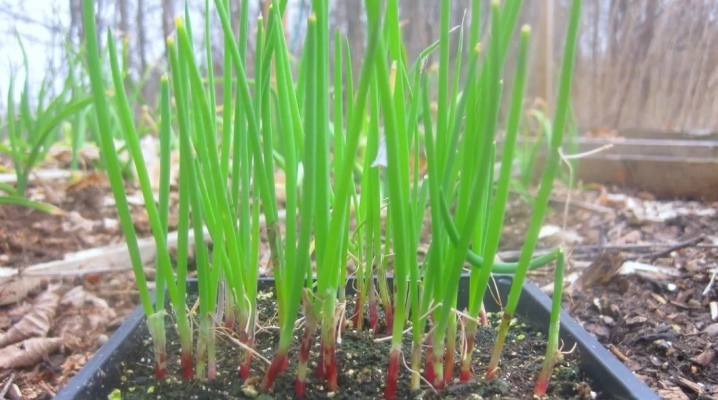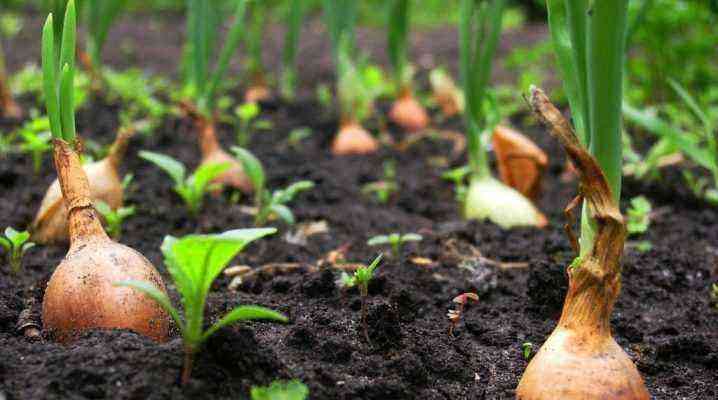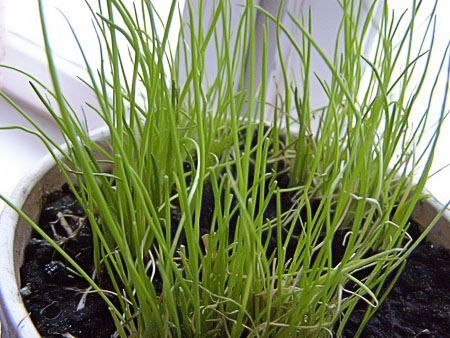 Young shoots of chives are superior in chemical composition and useful properties to ordinary onions.
Young shoots of chives are superior in chemical composition and useful properties to ordinary onions.
Only the stems and leaves of the crop are used for food. Delicate and juicy greens have a characteristic aroma and rich taste.
Growing chives at home is pretty easy. The plant is characterized by unpretentiousness, craving for active branching and rapid growth. Already 10 days after planting, you can harvest the first crop of feathers.
What you need to grow onions
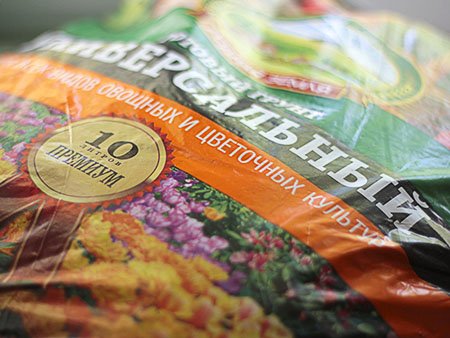 Unlike traditional onion varieties, chives are grown as a perennial crop. From the point of view of cooking, cutting of the young growth of the plant is of interest. Because of this feature, he received the name chisel onion. The species is distinguished by the ability to quickly build up numerous shoots. The false bulb grows up to 1 cm in diameter.
Unlike traditional onion varieties, chives are grown as a perennial crop. From the point of view of cooking, cutting of the young growth of the plant is of interest. Because of this feature, he received the name chisel onion. The species is distinguished by the ability to quickly build up numerous shoots. The false bulb grows up to 1 cm in diameter.
For planting, suitable soil is required, in which greenery will grow for several months. The main requirements for the soil are loose structure and neutral acidity. At home, you can grow chives in garden soil or purchase soil for vegetable seedlings at a flower shop.
Selection and preparation of containers
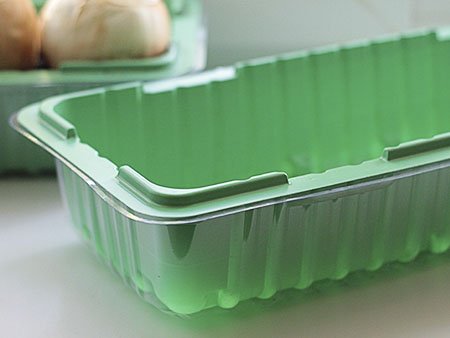 The container for planting is selected in accordance with the characteristics of the chives root system. It consists of many short processes that intertwine with neighboring roots and form a turf. The length of the underground part of the plant is no more than 5 cm. Up to 30 feathers are formed from one bulb in a short time.
The container for planting is selected in accordance with the characteristics of the chives root system. It consists of many short processes that intertwine with neighboring roots and form a turf. The length of the underground part of the plant is no more than 5 cm. Up to 30 feathers are formed from one bulb in a short time.
In this regard, the optimal shape of the growing container is a low, wide container with drainage holes for the outflow of excess water.
Before planting chives, wash the container with soda or soapy water and treat with potassium permanganate. This measure helps to avoid the spread of bacteria in the soil. You should take care of the pan, which will accumulate excess water after watering.
Preparing onion seeds for planting
Planting material can be prepared independently if the plant grows in a summer cottage or in a garden. Otherwise, you can purchase seeds at the store. When choosing a variety, you should focus on the varieties of chives intended for cutting. Before planting, onion seeds are pre-treated according to the following technology:
- Soak for a day in 100 ml of water with 3 drops of Epin-extra;
- Delete pop-up instances;
- The remaining seeds are soaked for half an hour in a pale pink solution of potassium permanganate;
- Rinse under running water, dry for 2-3 hours on a paper towel.
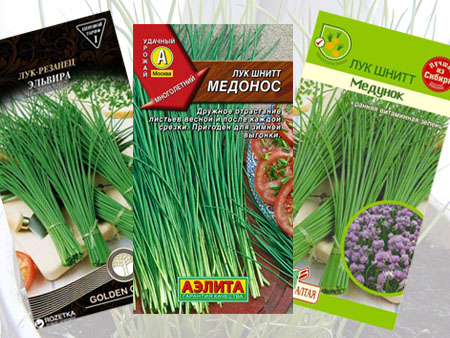
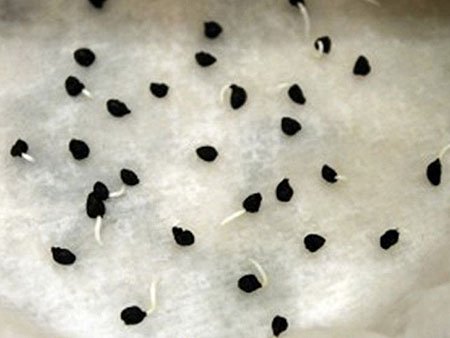
Seed preparation promotes rapid germination, destroys harmful bacteria and fungal spores, and increases the protective functions of the culture. Epin activates metabolic processes, increases the resistance of onions to diseases and adverse conditions.
The shelf life of chives seeds is 2 years. Maximum germination is observed in fresh seeds.
Creating the necessary conditions
As in the garden, in the apartment, chives need sunlight and warmth. At home, a culture bowl is placed on a lighted windowsill, and in the warm season on a loggia or balcony. Greenery should be protected from prolonged exposure to direct sunlight. Under the bright sun, feathers quickly coarsen.

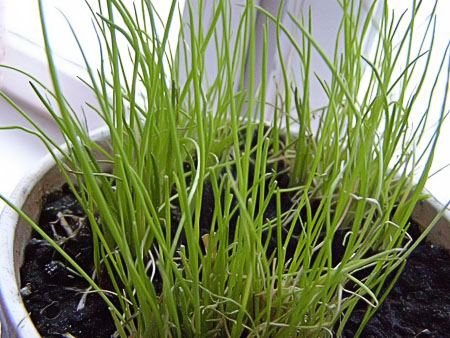
The optimum temperature for growing chives is +18-25°C. Despite the fact that most plant varieties are cold-resistant crops, cold air slows down the growth of shoots.
Growing onions at home
There are 2 ways to plant chives at home: using seeds or dividing the sod. In the first case, landing is carried out at any time of the year. An adult bush is recommended to be dug up for reproduction in early autumn, after which it successfully takes root on the windowsill. This method is available to those who have a perennial crop growing in a garden plot.
From seed
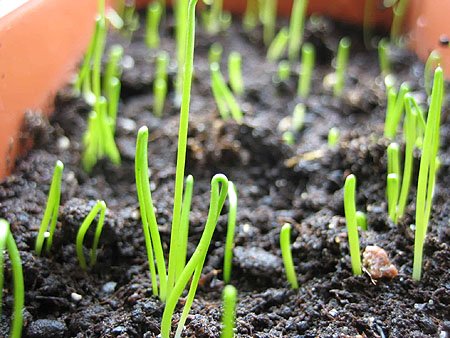
Growing chives from seeds on a windowsill has almost no significant differences compared to growing in a vegetable garden. The procedure is carried out in several successive stages:
- The container is filled with soil, not reaching 3-5 cm to the upper edge, spilled with warm settled water;
- Prepared seeds are placed in grooves at a distance of 2 cm from each other;
- Sprinkle seeds with 1-1,5 cm of soil, gently tamping with your hand;
- Spray plantings from a spray bottle;
- Cover with glass or film to create a greenhouse effect;
After a few days, the first chives will appear. At this time, you should remove the shelter and provide the plant with diffused light. As the shoots grow by 7-10 cm, it is necessary to thin out the sprouts, leaving the strongest ones.
By dividing the bush
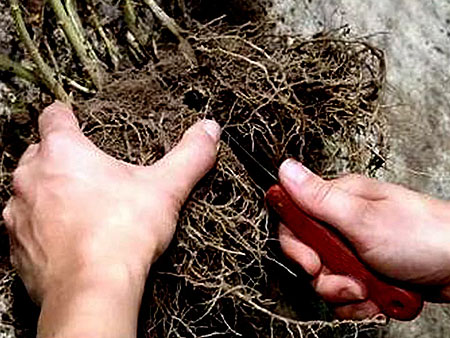
At the beginning of autumn, a mother bush is dug up at least 2 years old. Separate part of the sod with 3-5 false bulbs. Before planting in a container, root shoots are shortened by 1/3, green shoots are cut to 5-7 cm in length. Start planting bushes in the ground, following the instructions:
- The container is filled with earth, watered with settled water;
- They make recesses so that the planted sods are deepened in the same way as in the garden;
- They fall asleep with soil and gently press the earth around the root system;
- Moisten the topsoil with a spray bottle.
Bulbs and roots of chives should not be exposed during the growing process. If necessary, add fresh soil to the onion container.
Care of the plant
Regardless of the method of growing chives on the windowsill, crop care consists of watering, loosening and fertilizing. Moisture-loving culture needs regular soil moisture. Watering should not wait until the soil is completely dry. The earth ball should always be kept slightly damp. The lack of water affects the taste of the onion, the greens become coarse, acquire an excessively spicy taste. The soil with planted chives is loosened after each watering. If necessary, remove germinating weeds.
Onion feeding
Chives are responsive to organic fertilizers containing nitrogen and potassium. The first top dressing of the soil is carried out after the first cutting of greenery. Use a solution of wood ash in the proportion of 50 g of powder per 1 liter. If purchased soil for vegetable crops was used as a substrate, additional fertilizer is not required. The acquired land has a sufficient supply of nutrients for the normal development of chives.

Pests and diseases
At home, onions are affected by diseases less often than in garden beds. As a rule, pathogens are found in garden soil or are transferred from other indoor plants. It is not advisable to use chemical preparations to fight diseases.
It is possible to fight powdery mildew and other fungal diseases only with the help of prevention in the form of treating seeds and soil with a solution of manganese. Diseased plants are destroyed, the soil is reused only after treatment with copper sulphate.
- Larvae of the onion secretive proboscis
- Onion fly larvae
- Onion-garlic solution from pests
- Mučnistaâ rosa
The most dangerous and widespread pest is the onion secretive trunk. The insect feeds on tender leaves, leaving white stripes on them. Pest larvae are in the soil and on the inside of the feathers. Instead of insecticides dangerous to human health, folk remedies are used to fight:
- Row spacings are regularly loosened, destroying pest nests;
- Plantings are shed with an infusion of garlic or hot pepper, the aroma of which repels insects;
- Use an ash solution to strengthen the immunity of the plant.
When choosing a chives variety, attention should be paid to resistance to various diseases and pests. This will help avoid crop loss.
Onion harvesting and storage
Greenery cutting is carried out as soon as the length of the feathers reaches 20-30 cm in accordance with the characteristics of the variety. With sharp scissors, bunches of leaves are cut off at a distance of 3-5 cm from the surface of the soil. This will increase the illumination of newly growing leaves.

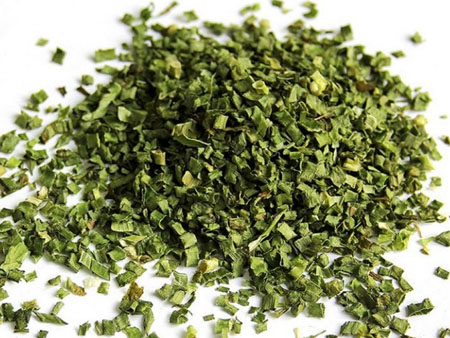
Green chives can be stored as a dry seasoning. Cut leaves are crushed and dried in a dark, ventilated room. Placed in an airtight container, used in the preparation of various dishes.
The second way to harvest the harvested crop is freezing. The shoots are thoroughly washed under running water, dried with paper towels. Prepared greens are laid out in plastic bags for freezing, stored for 5-6 months.
Rules, secrets and tricks
In cooking, young chives are valued due to their delicate structure and pronounced aroma. Overripe shoots lose their juiciness and have a denser structure. In this regard, it is recommended to cut the greens as soon as they reach technical maturity.
Experienced gardeners recommend dividing overgrown chives from time to time. This allows you to rejuvenate the plant and get a continuous crop of green feathers. At home, this procedure is carried out when the bushes become crowded in a bowl.
A perennial plant needs a lot of water, while excess moisture leads to rotting of the roots and bulbs. To avoid this problem, a layer of expanded clay or small stones is laid out at the bottom of the planting tank.
Chives are valued not only in cooking. In terms of chemical composition, it surpasses most varieties of the Onion family. Phytoncides contained in feathers make it possible to attribute the culture to natural antibiotics. Essential oils inhibit many types of bacteria and viruses. Ascorbic acid, along with other vitamins, strengthens the immune system.
You can grow chives on the windowsill at any time of the year. Cold resistance and shade tolerance allow you to get a crop even in winter. Compliance with the basic agrotechnical rules is not difficult even for an inexperienced gardener.
